Sidemount at Siladen
|December 6, 2022
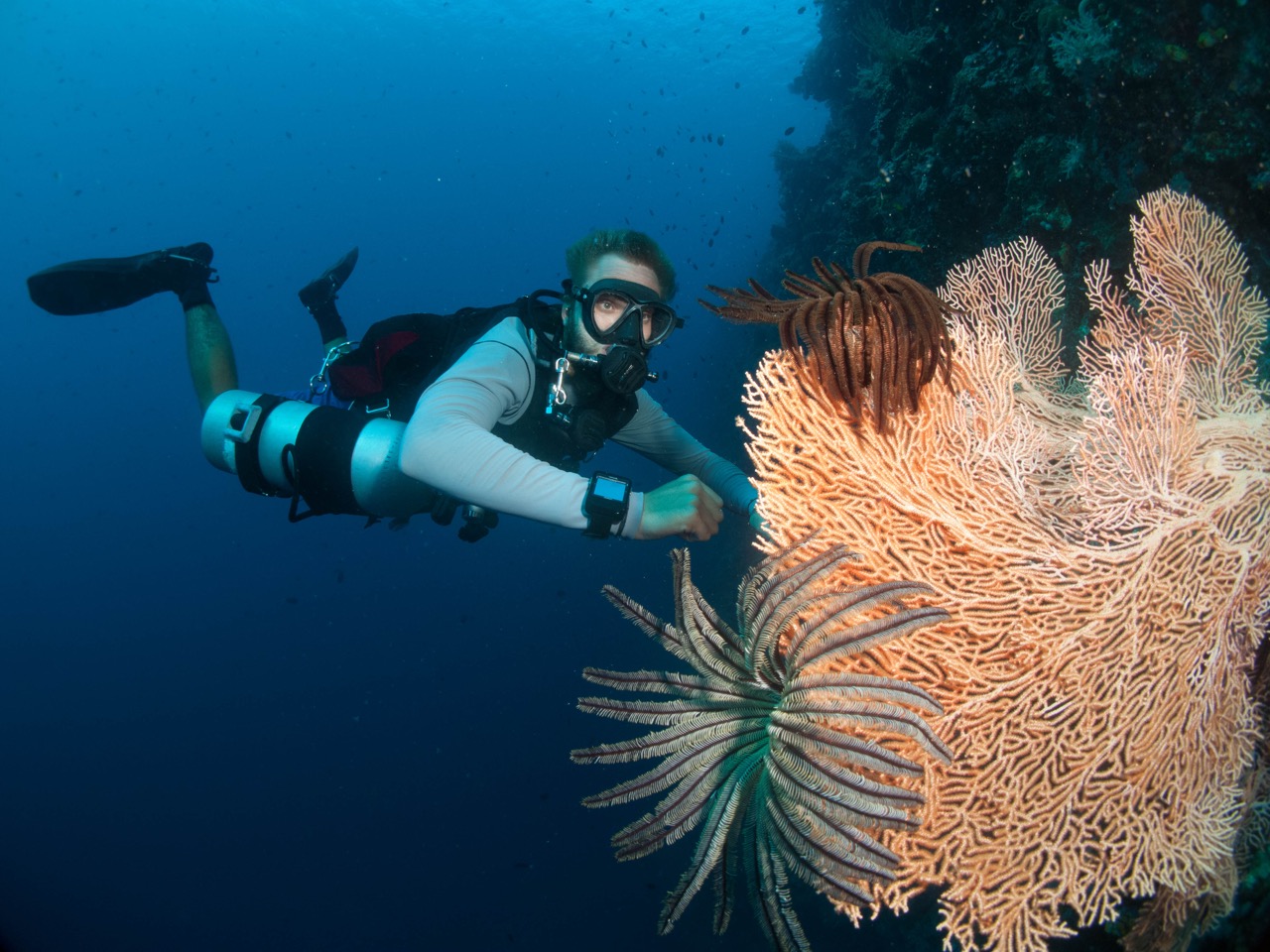
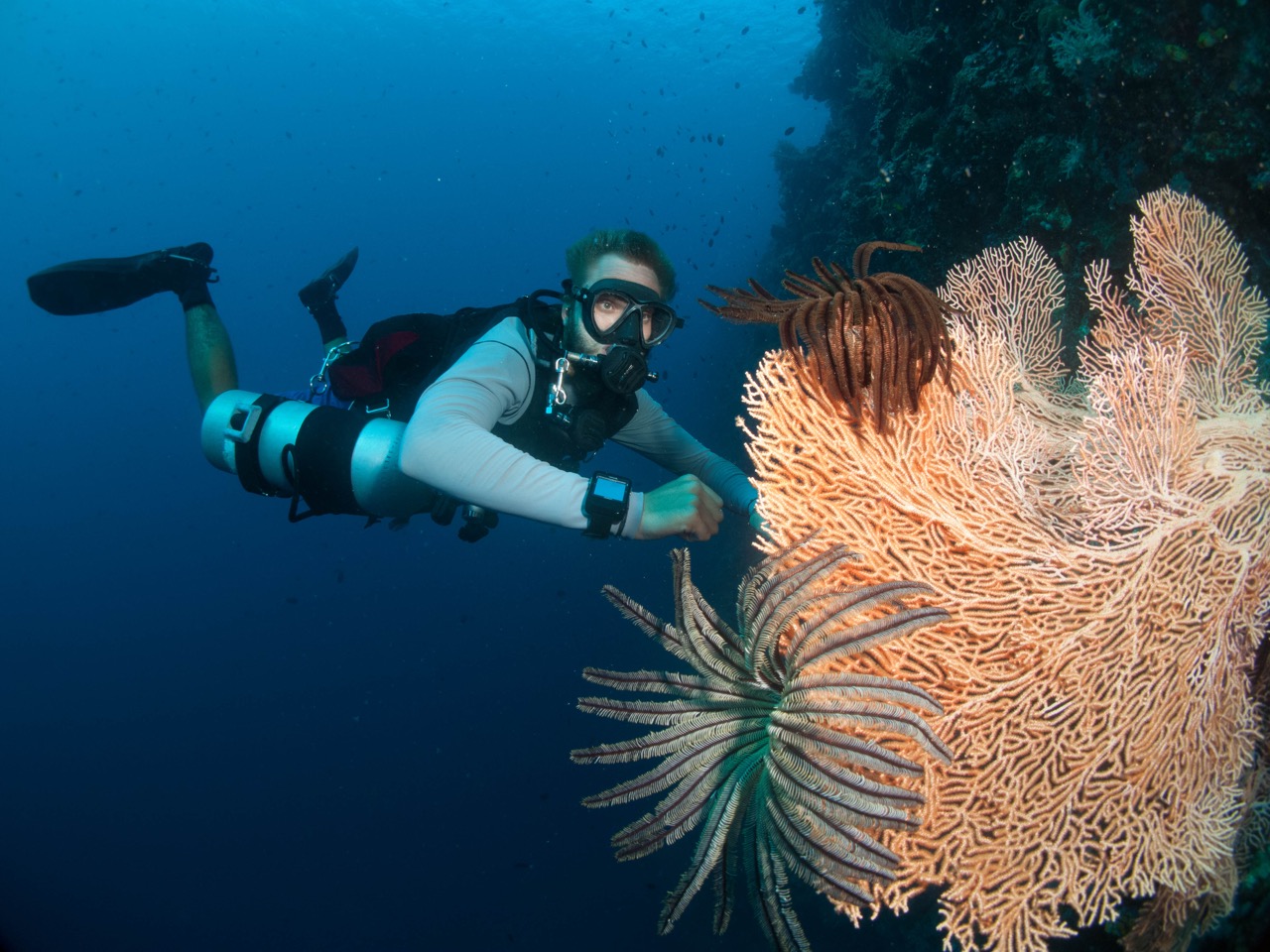
For those of you who have been diving for a while, you have probably seen sidemount diving featured on the internet or in dive magazines. You also probably associate sidemount with cave diving, wreck diving or technical diving. Sidemount first came about in the 1960s in the United Kingdom, where cave explorers would carry compressed gas to enable them to wriggle through wet sections of mostly dry cave passages. This system was later adopted (and improved) across the Atlantic by divers who were exploring the subterranean river systems in Florida and Mexico because it was seen as a much safer and easier way to squeeze through tight restrictions than back mounted twin sets, and the location of the valves and regulators meant that they were less exposed to damage while simultaneously allowing the diver to respond to emergencies faster.
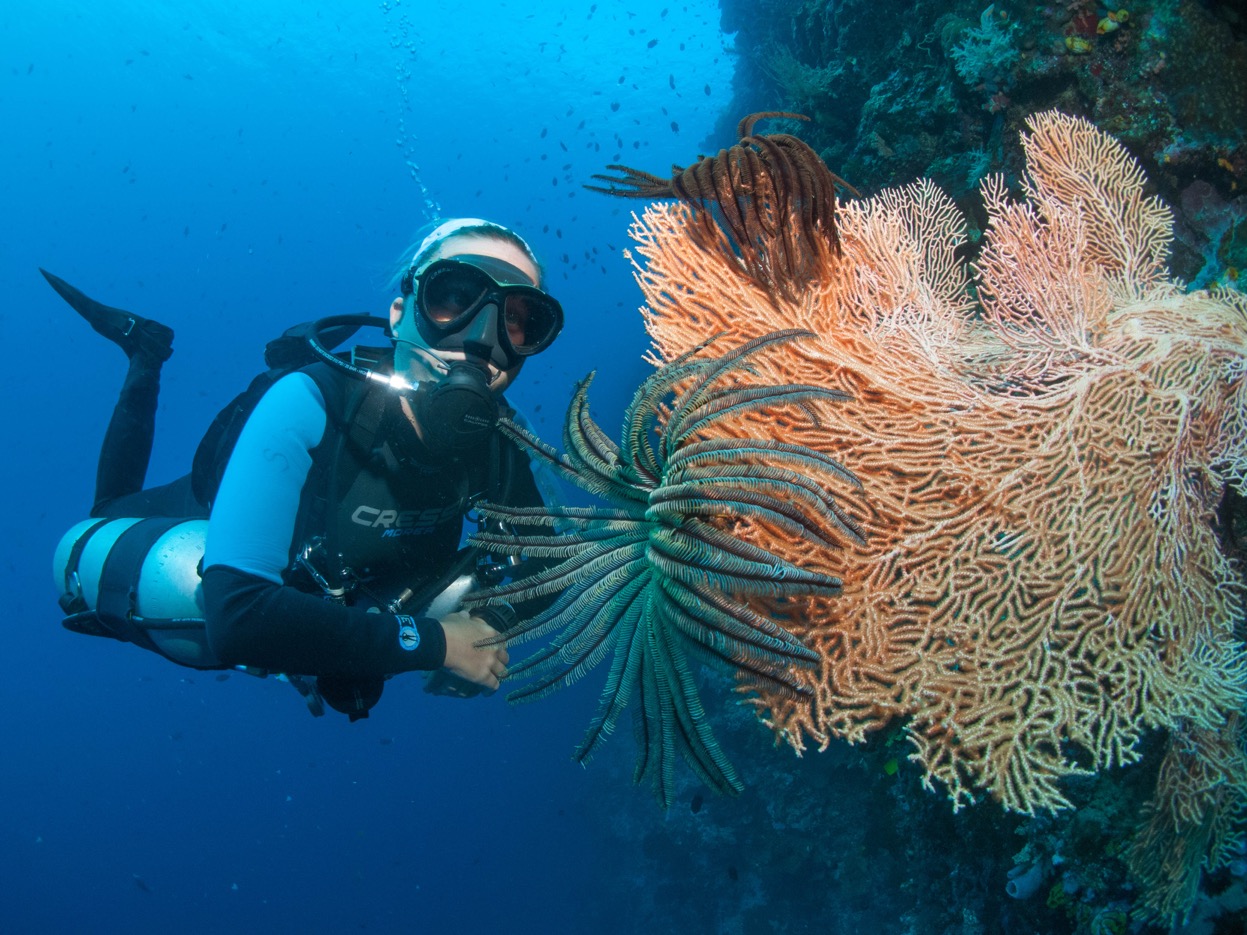
Sidemount may have its roots in cave diving, however the versatility of this system has spread to divers all around the world. There are many reasons why sidemount has become more popular amongst recreational divers, some of whom may never havehad the slightest inclination to squeeze through tight gaps in dark, overhead environments.
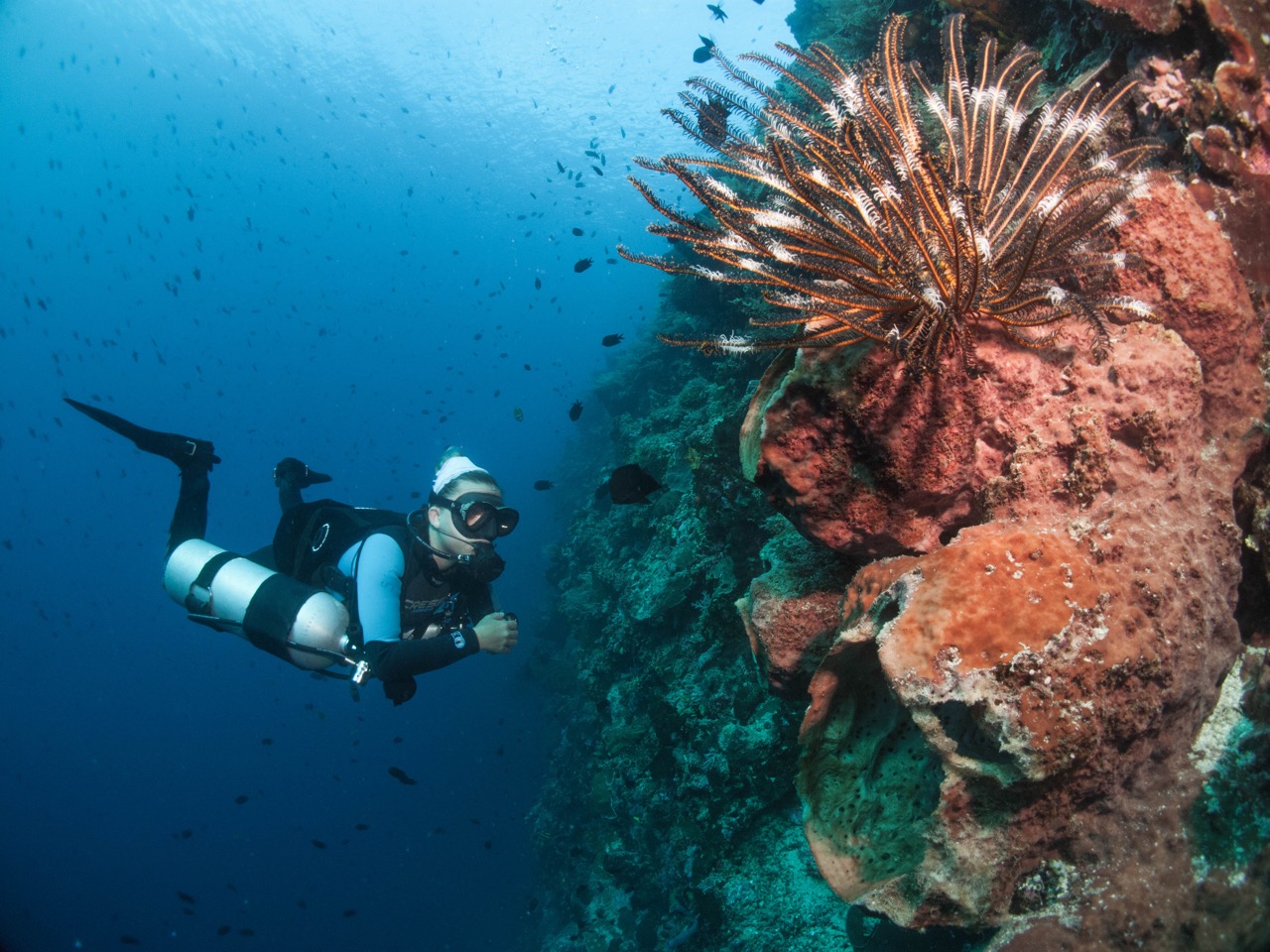
The obvious benefit is the added safety margin. By carrying more than one cylinder, you also have a redundant gas supply. This is useful to those who may occasionally find themselves far from their buddies, such as photographers. Obviously we never encourage solo diving unless you are trained to do so, however it can happen, and having that redundancy is never a bad thing.
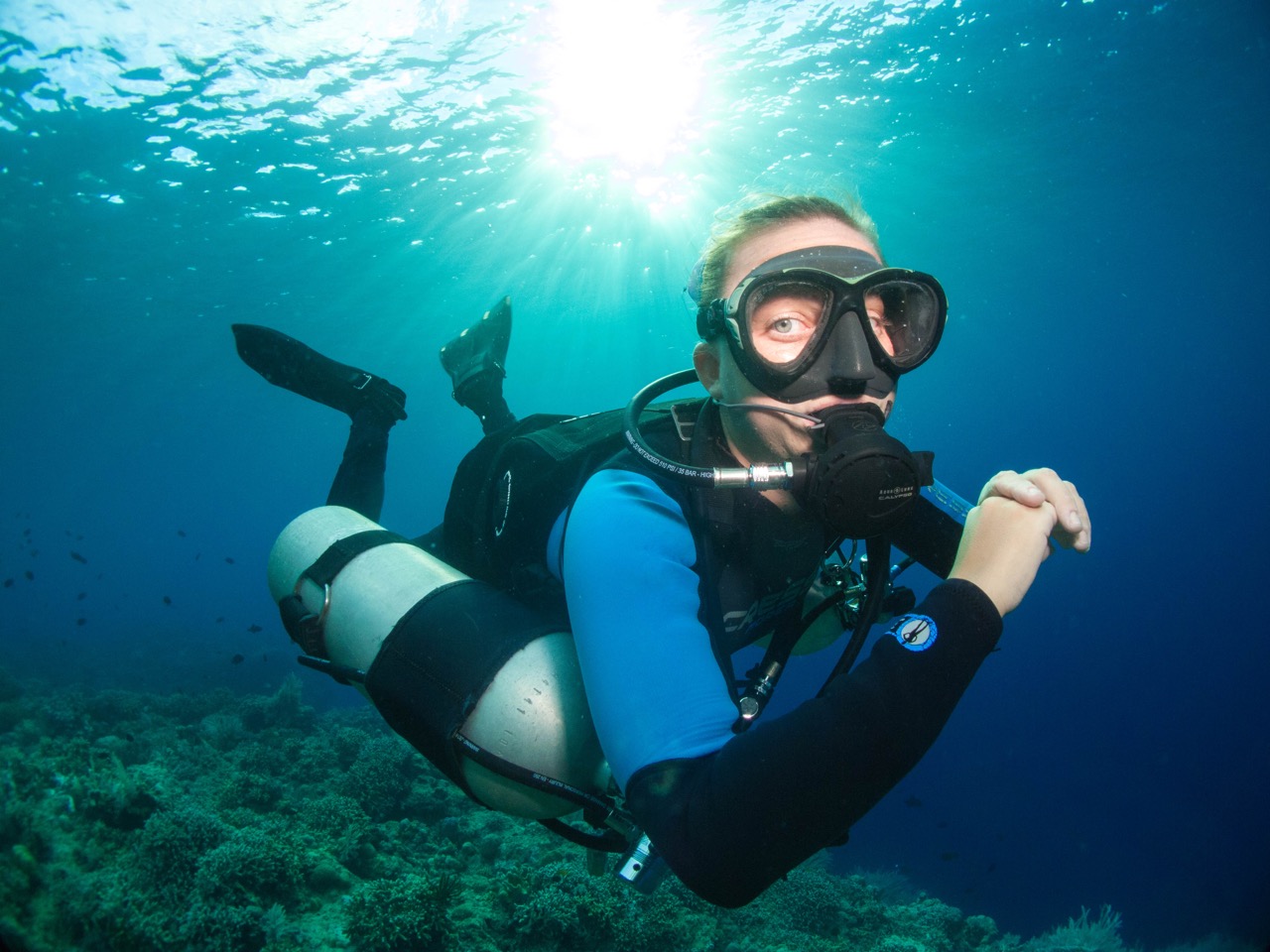
The extra cylinder also means extra gas. We all breathe at different rates; some divers can easily spend 60 minutes at depth with a 10 litre cylinder, whereas others may struggle to stay down for 40 minutes with a regular 12 litre. We have 15 litre cylinders available for those who breathe faster, however this extra size and weight placed on the back is not always so comfortable. By using sidemount, we can carry double the gas, and still feel relatively clutter free. The nicest configuration is two 10 litre cylinders, giving you a whopping 4000 litres of gas, and the shorter length of the cylinder means you barely even feel like you are carrying them.
While wearing sidemount on the surface you may feel a little cumbersome, however underwater the experience couldn’t be more different. When worn correctly, the cylinders align with your body and you barely even feel that they are there. You take up much less room in the water compared with back mount, which means fighting against a current to get a nice photo of a nudibranch is easier than with a back mount system.
All these are all good reasons to begin sidemount diving, but probably the biggest reason many divers around the world are turning to sidemount is because of back problems. With sidemount, we usually don and remove the cylinders in the water. We can also do this with a regular BCD, however using a back mount system still means spending the best part of an hour with a rigid, metal block strapped to your back, restricting spine movement. For those with back troubles, you probably know the aches and pains that are associated with keeping your back in such a position for an extended period of time. Sidemount systems have a flexible back plate, meaning your back is free to move around and go into whatever positon feels comfortable for you.
Despite these benefits, there is one thing that requires more of your attention than when diving with back mount. As you are using two cylinders that are unconnected, you will need to switch between them to keep your cylinders buoyancy as even as possible. This is not hard, but it takes a while to get into a rhythm, and if you forget you will end up feeling uneven in the water as one side sinks and the other floats.
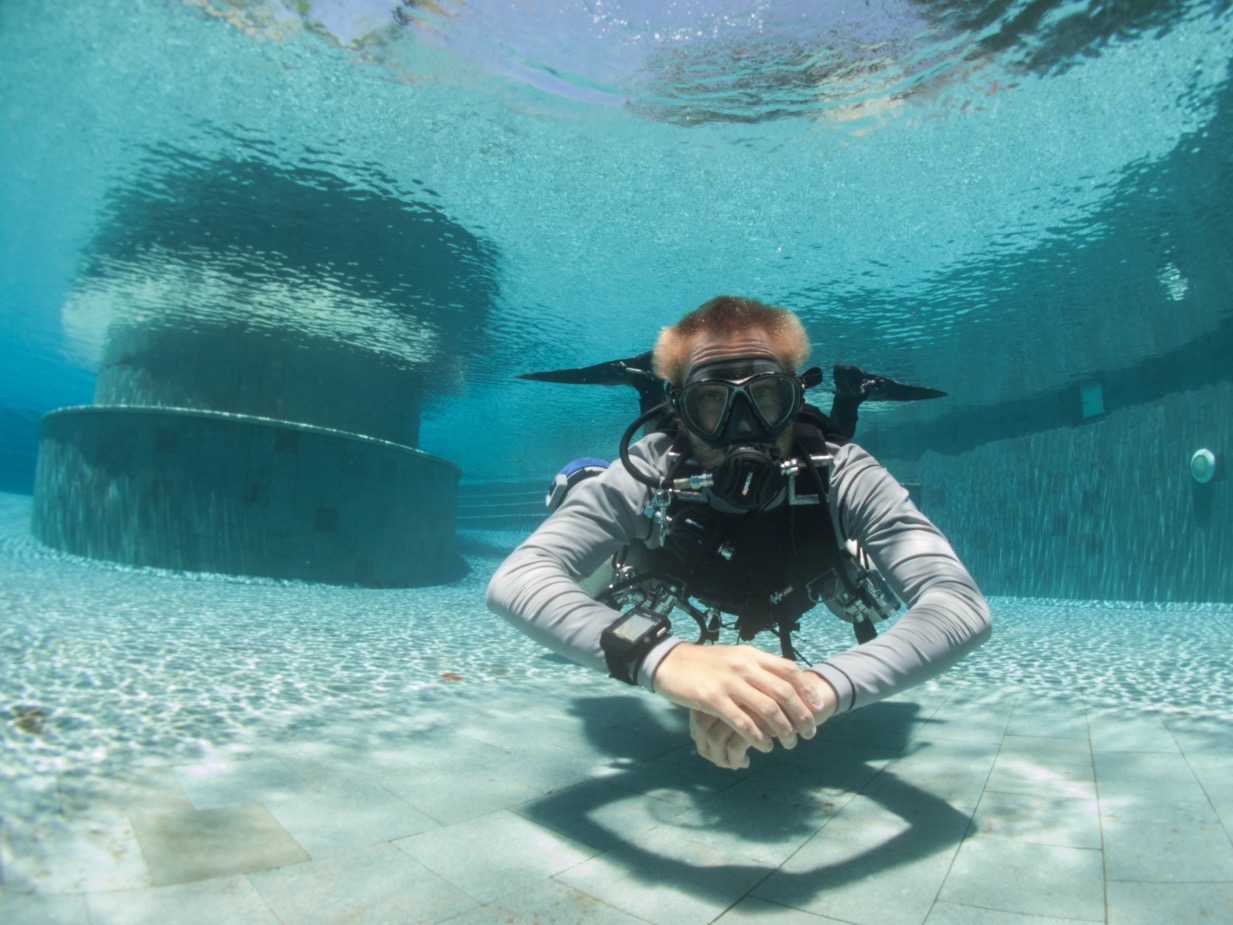
Sidemount training is open to all certified divers, from age 15 plus. It can be done in as little as 3 days, and requires one confined session to introduce you to the new equipment, how to correctly wear it, and how to respond to emergencies. We will then need to complete 3 Open Water dives, practising some skills on each dive, and becoming more used to the equipment.
If you are interested in sidemount training on your next visit to Siladen, please contact us at divingcenter@siladen.com.